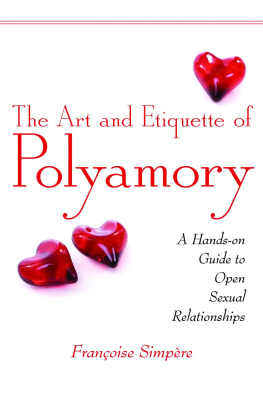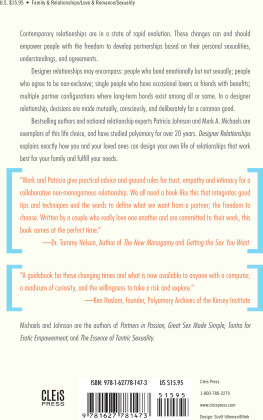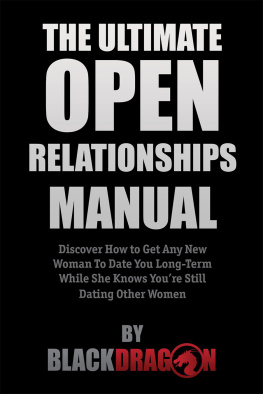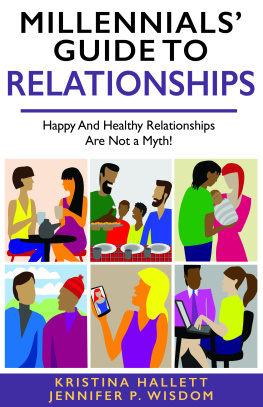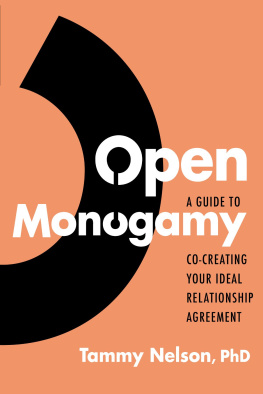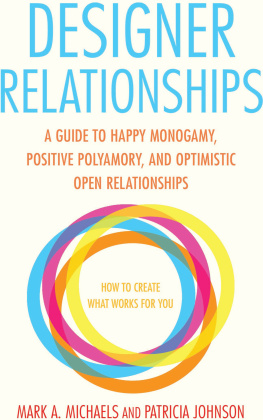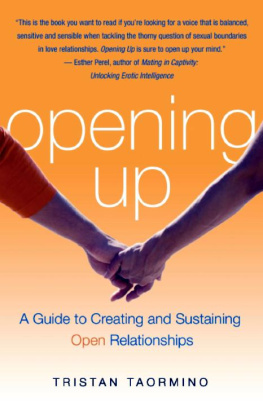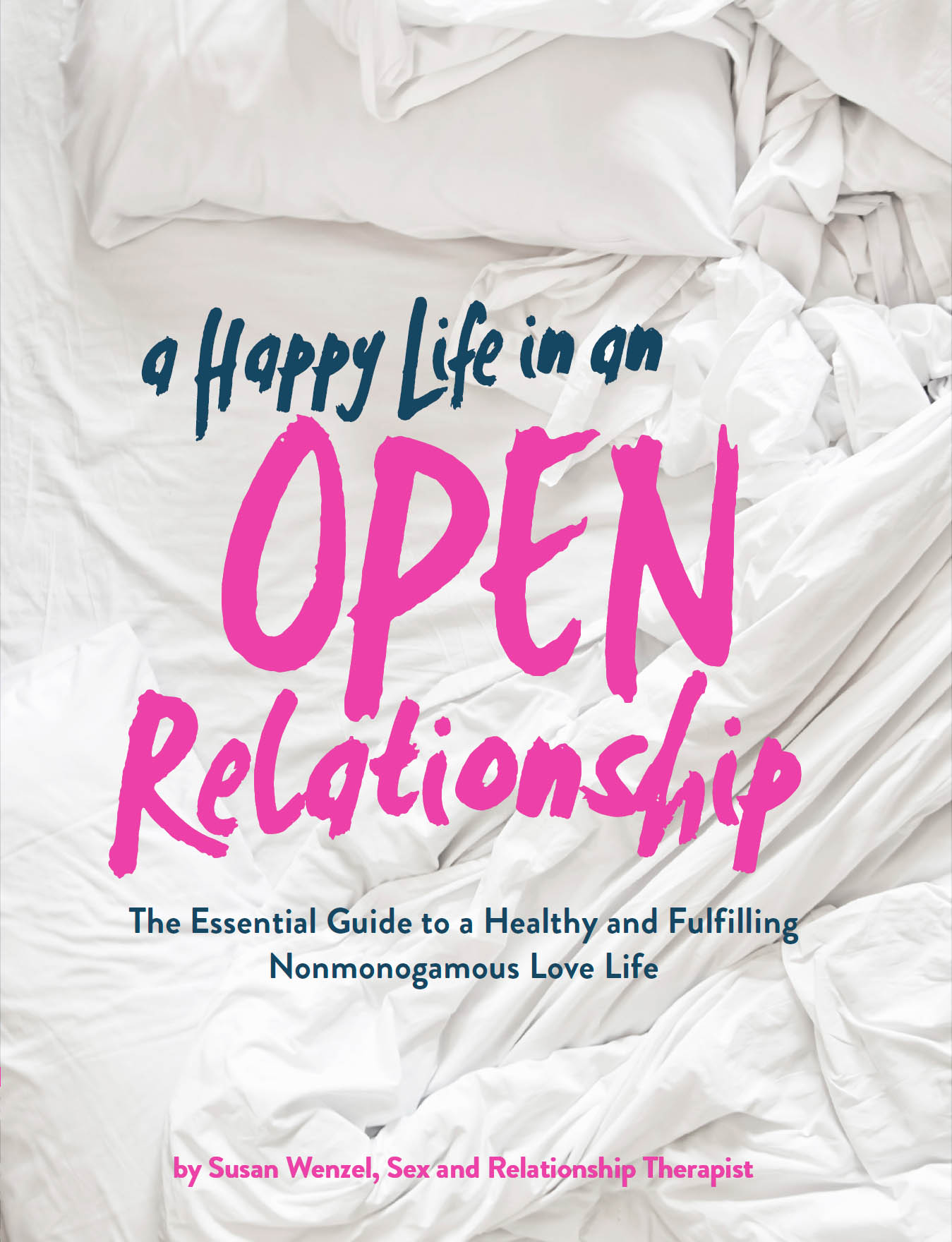


I dedicate this book to all women, my sisters in this journey of life. May you know you are valuable, worthwhile, and lovable.
YOU ARE ENOUGH.
Now, tomorrow, and forever.
Copyright 2020 by Susan Wenzel.
All rights reserved. No part of this book may be reproduced in any form without written permission from the publisher.
Library of Congress Cataloging-in-Publication Data available.
ISBN 978-1-4521-7852-3 (epub, mobi)
ISBN 978-1-4521-7807-3 (paperback)
Design by Sara Schneider.
Chronicle books and gifts are available at special quantity discounts to corporations, professional associations, literacy programs, and other organizations. For details and discount information, please contact our premiums department at or at 1-800-759-0190.
Chronicle Books LLC
680 Second Street
San Francisco, California 94107
www.chroniclebooks.com
Note: Names in this book have been changed to ensure privacy and confidentiality.
The content in this book is for general reference only. It is not intended to serve as or replace professional counseling.
Introduction
Thriving in Nonmonogamy
This isnt working.
I want more.
Something is missing.
Do these phrases sound familiar? Perhaps youve been curious about sex with someone other than your significant other. Or maybe you dream of sexual and romantic adventures you know you could never have, or fantasize about sex with a Hollywood star, a neighbor, your doctor, or some stranger you just met. These thoughts and desires are part of being human, and some people may never act on the feelings. But for many of us, open relationships can provide the space to pursue these erotic desires without repercussions.
Monogamy is not the only means to a successful relationship or marriage. It doesnt work for everyone. For some, monogamy is like going to a store and expecting to buy one outfit that will always fit and suit all occasions. For many of us, one partner cannot meet all our needs: our deepest erotic desires, companionship, novelty, comfort, shelter, and long-term emotional security. And this expectation that one person can satisfy our emotional and sexual needs is at least partly the reason why the Western world has such a high divorce rate. No one person can fulfill all our needs. As a result, many people in monogamous relationships go through life with their core emotional and sexual needs unmet, or enter into a series of relationships and breakups to meet those needs. Others find a community of people to fulfill those needs and, in so doing, strengthen the bond and unity of their marriage.
I am a relationship and sex therapist, and I myself live in an open marriage. In this book, I combine my personal and clinical experiences to guide you through the process of forming a consensual nonmonogamous relationship. Using various techniques, well examine the negative emotionsjealousy and childhood fear of abandonment, for examplethat affect our ability to live in a consensual nonmonogamous relationship, and I provide exercises and advice for overcoming those obstacles, so you can lead a happier and healthier life. Taking control of your emotions, thoughts, and feelingsalso called self-regulationso that they do not control your relationships is the best way to successfully transition to a consensual nonmonogamous relationship. Emotional self-regulation significantly improves all the relationships in the lives of the people who undertake this process.
I personally have transitioned successfully from a monogamous relationship to an open one, and, as a result, have a happier and thriving relationship. I did not initiate my open marriage; my husband did after we had been dating for one year. I am thankful that he did so because I have since experienced many erotic encounters that have enriched my life. And traveling to have those experiences has allowed me to better appreciate my life at home. When I meet my open-relationship partners and have sexual or emotional encounters with them, I enjoy my experiences with them while also looking forward to returning to the arms of my loving husband. My husband and the sex we have together is my home. Home provides the security, love, and care I need.
Before my husband, Denys, and I opened our relationship, I considered our relationship to be both monogamous and ordinary. Though I had helped many clients in therapy address issues of jealousy, I had never considered an open relationship for myself. When Denys first suggested an open relationship, I felt like someone had thrown me into deep water and I didnt know how to swim. I felt a range of emotions at once: sadness, confusion, loss, disbelief, fear of the unknown, and desperation. In short, I was miserable. I believed I would never be happy again. Today, however, I feel differently. If my husband suddenly wished to return to monogamy, I myself would remain nonmonogamous. Having transformed my painful emotions into a positive narrative of strength and personal growth, I have come to love the choice of living in a consensual nonmonogamous relationship.
To say nonmonogamy is the only means to a satisfying relationship would be unfair. Monogamy works well for some who choose to both uphold its principles and work at it. My goal is to provide a resource for those who are curious, contemplating, or exploring consensual nonmonogamous relationships and share my own story with the hope that it will help illuminate parts of your journey. This book will teach you how to introduce your partner to the idea of a consensual nonmonogamous relationship. Its also a resource for friends and family members of people in consensual nonmonogamous relationships who want to better understand and support their loved ones. This book is a life jacket for those who feel they are drowning in insecurity, in nonmonogamous and monogamous relationships alike, and those who cannot imagine their partner being with another person. My hope is that you will learn to enjoy deep waters and strong currents as you navigate your emotional life using the tools, advice, and exercises on the following pages.
The greatest gift you can give your relationship is to become emotionally buoyant. If a couple can learn to work togetherbe accessible, sensitive, patient, and empathetic to and with each otherthey can establish a secure emotional bond and thereby achieve a rich, fulfilling life in an open relationship that gives them both more satisfaction.
chapter 1
What Is Consensual Nonmonogamy?
R esearch and surveys done in the United States show that twenty million couples are in sexless marriages and relationships. Countless other couples decide to stay together even though they are not happy in their monogamous marriage, whether because of financial reasons, family unity, or religious values. Researchers in the United States and Canada put the divorce rate at around 40 percent in both countries. All this considered, we cannot uphold monogamy as the only path to happy relationships, and we must begin to consider alternative models. While having multiple partners is not guaranteed to fix every relationships problems, consensual nonmonogamy may be a more suitable relationship style for many couples. In this section, well explore the different types of consensual nonmonogamous relationships, consider some of the reasons for opening a relationship, and discuss the different forms of love relationships within the context of figuring out what you want.
Next page

